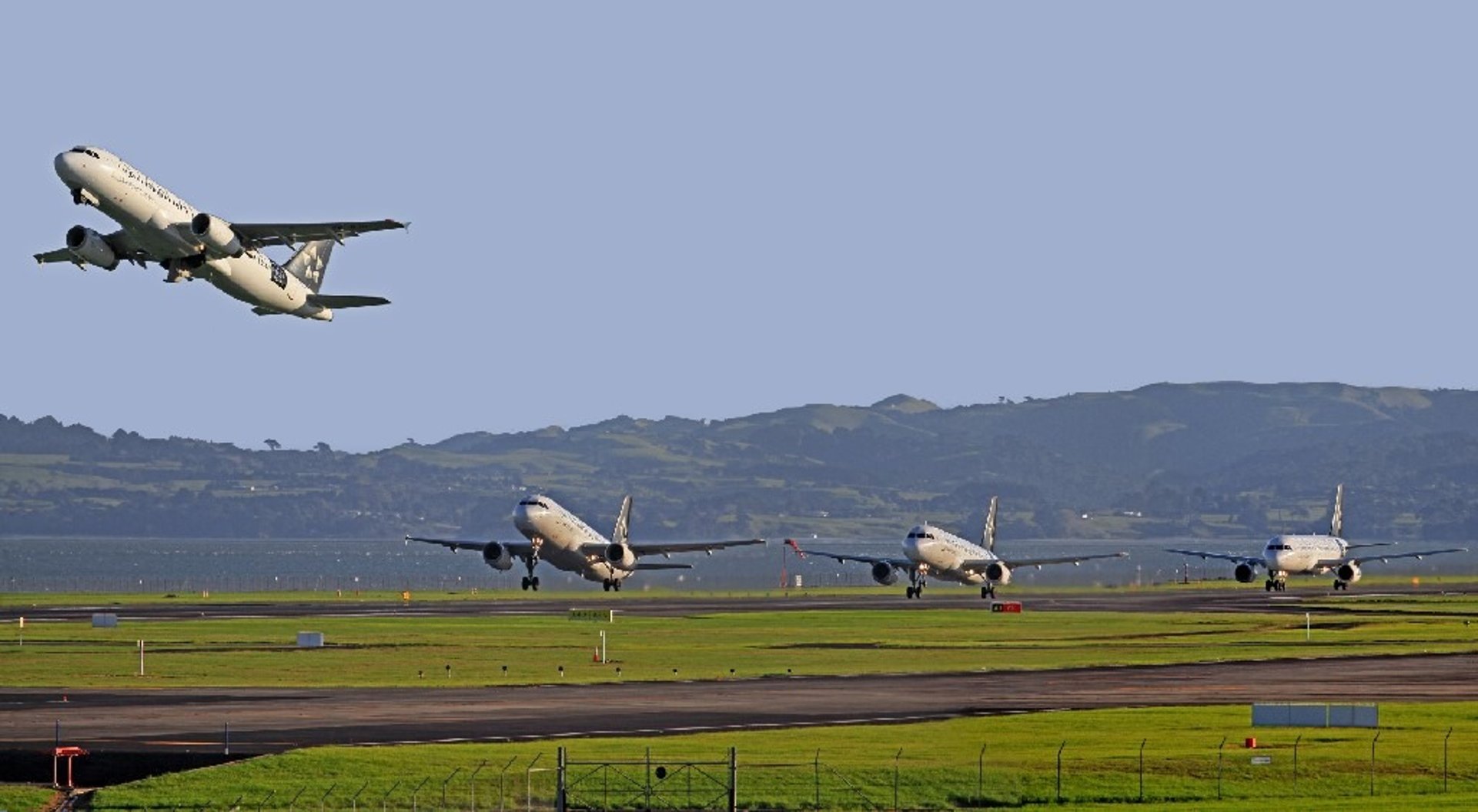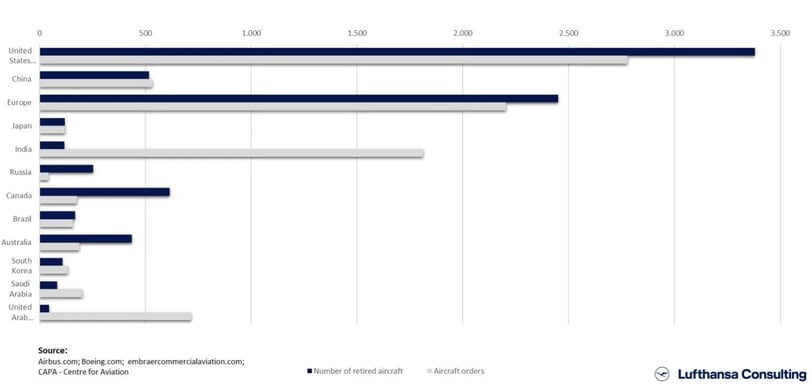An Eagle or a Dodo - Balancing Aircraft Orders and Traffic Demand
The aviation industry, like a majestic bird in flight, is soaring to new heights this year with the onward post COVID recovery. Airlines, akin to the beating wings of this industry, continually expand their fleets to meet growing passenger demand, replace aging aircraft, and explore new routes.
NEW AIRCRAFT DELIVERIESCOMMERCIAL AVIATION
Aviation Mover Academy
2 min read

The aviation industry, like a majestic bird in flight, is soaring to new heights this year with the onward post COVID recovery. Airlines, akin to the beating wings of this industry, continually expand their fleets to meet growing passenger demand, replace aging aircraft, and explore new routes.
Recent aviation headlines have suggested news of massive aircraft acquisitions by major carriers. Air India’s announcement of acquiring 470 new aircraft and Indigo’s additional order of 500 Airbus A320/321 planes demonstrate the scale of these deals. United Airlines, too, has joined the fray, securing 100 B787s and 100 B737s. But amidst this frenzy lies a critical question: Are airlines setting themselves up for success, or are they risking overcapacity in the skies? In this article, we delve into the delicate balance between aircraft orders and expected traffic growth.
The Aircraft Order Frenzy
Airlines, fueled by optimism and market dynamics, have engaged in an unprecedented aircraft order frenzy. These orders serve as a testament to the industry’s dynamism and robust demand. However, beneath the surface, concerns loom. Have airlines overcommitted themselves? Are they riding a speculative bubble that could burst? Let’s the graph shown above…
The Correlation: Aircraft Orders vs. Traffic Growth
To evaluate potential over commitment, we must examine the correlation between aircraft procurements and annual traffic growth. Our analysis spans prominent nations, including the United States, China, India, and the United Arab Emirates (UAE). By comparing aircraft orders to anticipated retirements over the next decade, we gain insights into each country’s fleet dynamics.
Countries with Excess Orders
Some countries find themselves with more aircraft on order than expected retirements. This situation could lead to overcapacity in the coming years. Airlines must tread carefully, assessing whether their aggressive procurement aligns with actual traffic growth. Otherwise, they risk operating surplus aircraft, impacting profitability and efficiency. Imagine a crowded runway, planes jostling for space—this scenario isn’t just a metaphor; it’s a potential reality.
Countries Facing Fleet Shortages
Conversely, other nations face a different challenge: fleet shortages. These airlines grapple with rising demand, their existing fleets stretched thin. To meet passenger expectations and maintain revenue streams, they need to order more aircraft. As air travel continues to grow, carriers must strike a delicate balance. Ordering too few planes could result in capacity constraints, affecting passenger experience and revenue potential. Picture a puzzle—the missing piece is a new aircraft, seamlessly fitting into the grand design of efficient operations.
The Role of Aircraft Manufacturers
Airbus and Boeing, the two giants of the aviation world, play a pivotal role. Their factories hum with activity, churning out planes, but here lies the conundrum: Are airlines basing their orders on realistic traffic projections, or are they caught up in a speculative frenzy? The manufacturers, too, face pressure. They compete fiercely for orders, each vying to secure contracts for ever-larger fleets. It’s a high-stakes game of chess, where strategy meets production capacity.
Positive Results for Aircraft Redelivery and Delivery Specialists
Amidst this high-flying drama, there’s good news for aircraft transition specialists. As airlines grapple with fleet dynamics, retirements, and expansions, they turn to experts who specialize in managing aircraft transitions. These companies and consultants play a crucial role in ensuring smooth redelivery processes, optimizing asset utilization, and minimizing downtime. Whether it’s negotiating lease returns, overseeing maintenance checks, or navigating regulatory requirements, their expertise is invaluable. So, while the skies witness this showdown, the diligent work of redelivery consultants remains at a pace to match this everchanging sector positively.
Conclusion: Navigating the Skies Ahead
As airlines navigate the skies, strategic decision-making becomes paramount. Procuring aircraft should align with expected traffic growth. Airlines must consider factors like route expansion, fleet renewal, and market dynamics. A well-balanced approach ensures sustainable growth without compromising efficiency. The skies await, and the right balance will determine who soars to success.
To get more aviation insights like this on a regular basis sign up to to Aviation Mover Academy at https://www.aviationmover.com/articles




